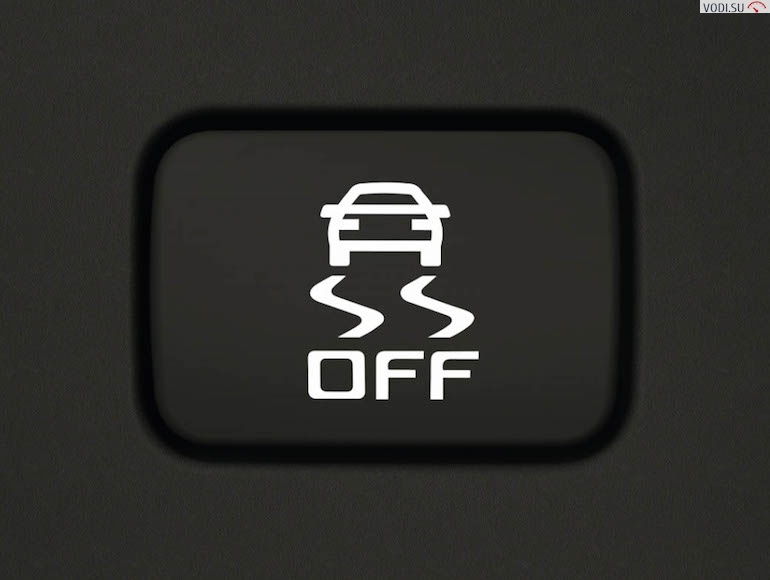
TCS: traction control - what is it and what is its principle of operation?
Traction control or traction control is one of the most important functions on modern cars. Its main task is to prevent the drive wheels from slipping on a wet road surface. Different abbreviations can be used to refer to this function, depending on the vehicle manufacturer:
- TCS — Traction Control System (Honda);
- DSA - Dynamic Safety (Opel);
- ASR - Automatic Slip Regulation (Mercedes, Audi, Volkswagen).
Usually in the list of options for a particular model there is an indication of the presence of this option.
In this article on our Vodi.su portal, we will try to understand the principle of operation and the APS device.

Operating principle
The principle of operation is quite simple: various sensors register the angular speed of rotation of the wheels, and as soon as the fact that one of the wheels starts to spin much faster, while the rest maintain the same speed, measures are taken to prevent slipping.
Wheel slip indicates that the wheel has lost traction. This often happens, for example, when driving on wet asphalt - aquaplaning effect, while driving on snowy roads, icy roads, off-road and dirt roads. To avoid slipping, the electronic control unit sends commands to the actuators associated with it.
There are three main ways to help deal with loss of traction:
- braking of driving wheels;
- reduction of engine torque by turning off or partially turning off one of the cylinders;
- combined option.
That is, we see that the traction control system is a further stage in the development of the ABS system - an anti-lock braking system, which we also talked about on our Vodi.su website. Its essence is largely similar: when braking, the sensors control the driving characteristics, and the electronic unit also sends electrical impulses to the actuators, thanks to which the wheel does not abruptly lock, but scrolls a little, thereby improving handling and reducing the braking distance on dry pavement.
There are today more advanced TCS options that affect the chassis of the car in the following ways:
- changing the ignition timing;
- a decrease in the throttle opening angle, respectively, a smaller amount of fuel-air mixture enters the cylinders;
- cessation of sparking on one of the candles.
It is also worth noting that there is a set threshold speed of exposure. So, if the wheels start to slip at speeds up to 60 km / h, then the effect is on the brakes. And when driving over 60 km / h, the electronic unit sends commands to devices that affect the engine, that is, the cylinders are turned off, due to which the torque decreases, respectively, the wheels begin to rotate more slowly, it is possible to re-establish engagement with the surface and the possibility of losing control and skidding completely excluded.

System device
In terms of its design, it is generally similar to ABS, but there are certain differences, the main of which is that the sensors that measure the angular speed are twice as sensitive and are able to register changes in the speed of movement up to 1-2 km / h.
Main elements of TCS:
- a control unit that has a significantly larger memory capacity and greater microprocessor performance;
- wheel speed sensors;
- actuating devices - a return pump, valves for controlling the pressure of the brake fluid in the head and working cylinders of the driving wheels;
- electronic differential lock.
So, at speeds up to 60 km / h, thanks to solenoid valves, the fluid pressure in the brake chambers of the wheels increases. If the car is moving faster, then the electronic unit interacts with the engine management system.

If desired, TCS can be installed on many car models, while it will perform both its direct function, that is, to resist loss of adhesion, and the ABS function. Thanks to the use of such systems, the accident rate on the roads is significantly reduced, and the management process itself is greatly facilitated. Additionally, TCS can be disabled.
Loading…
